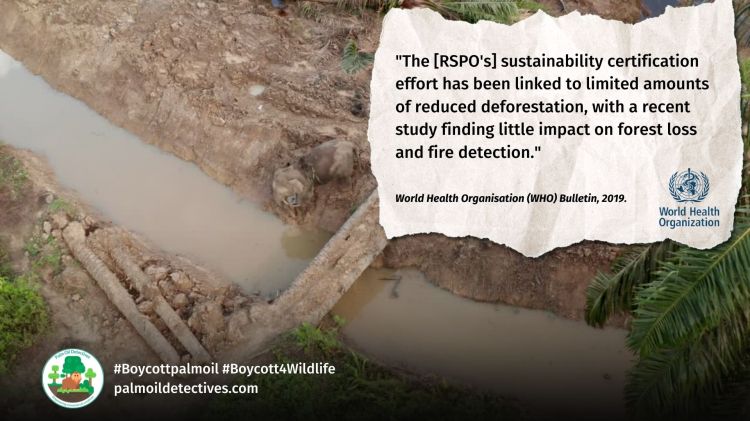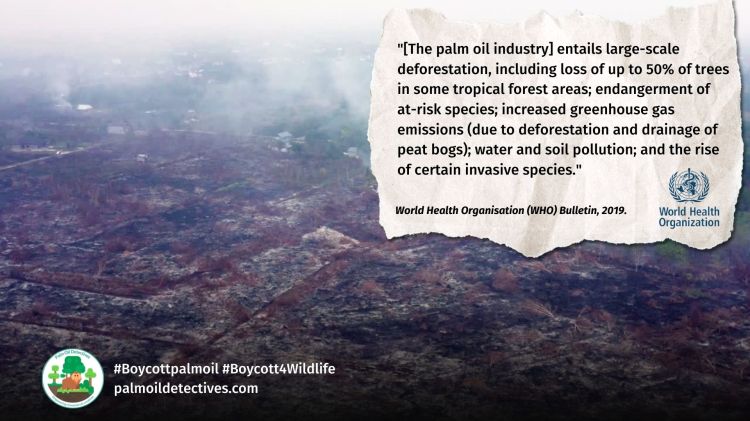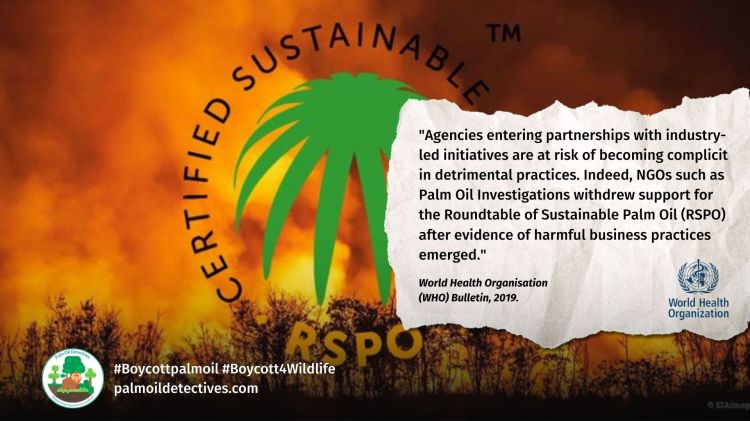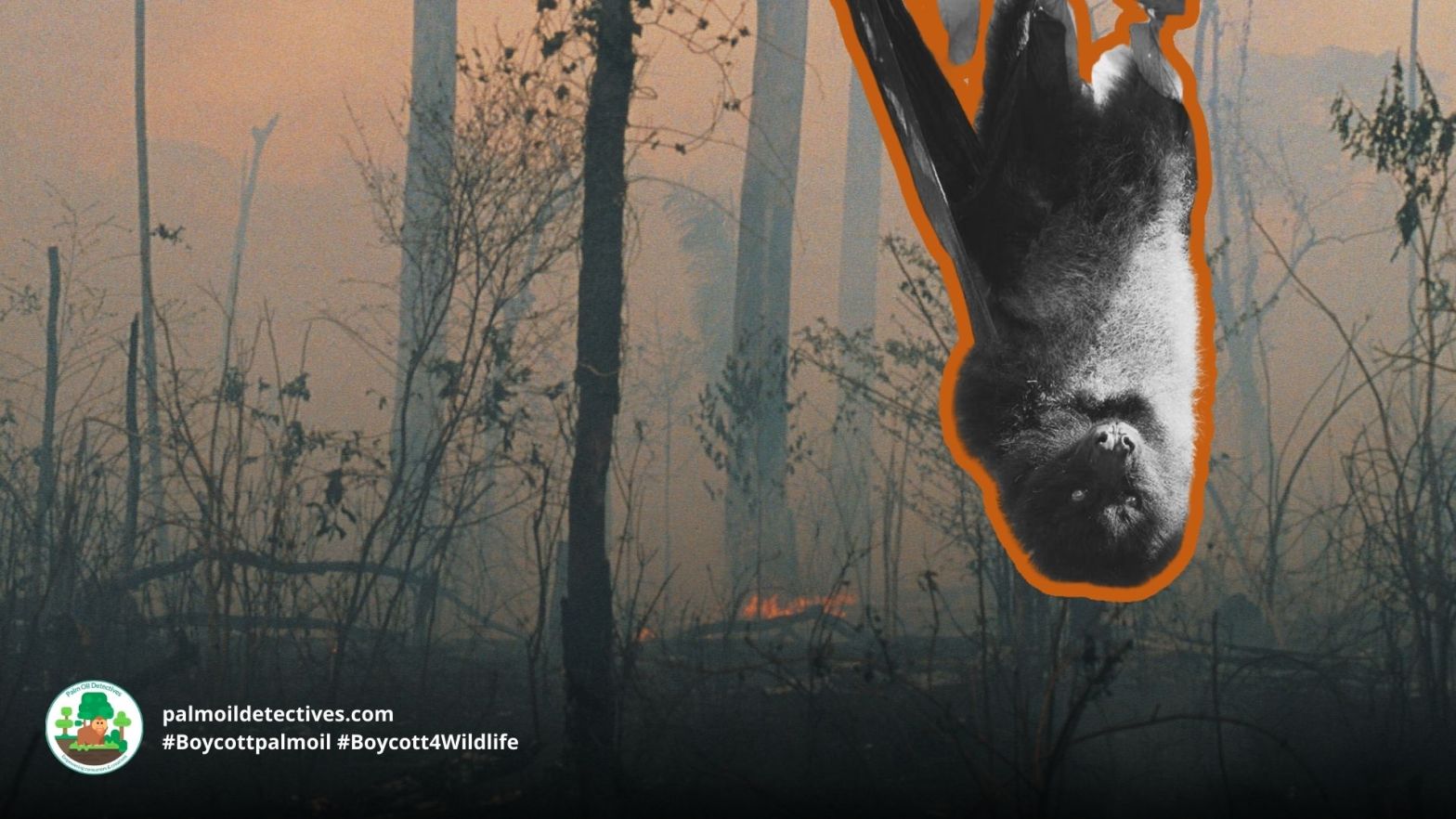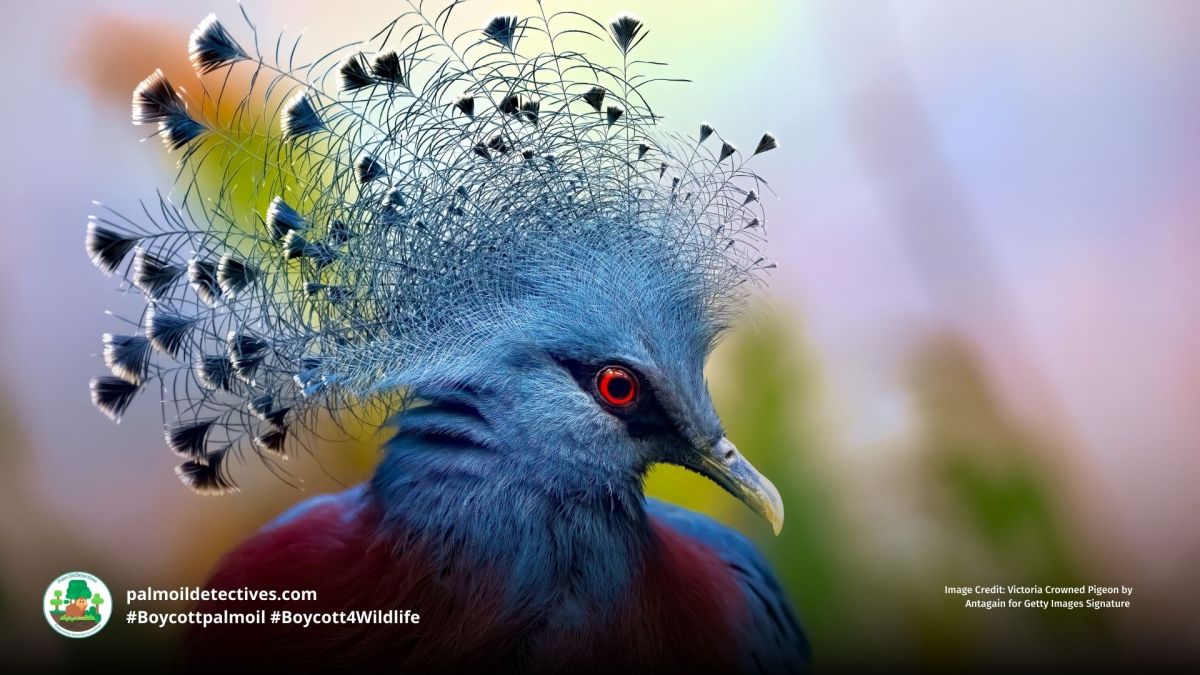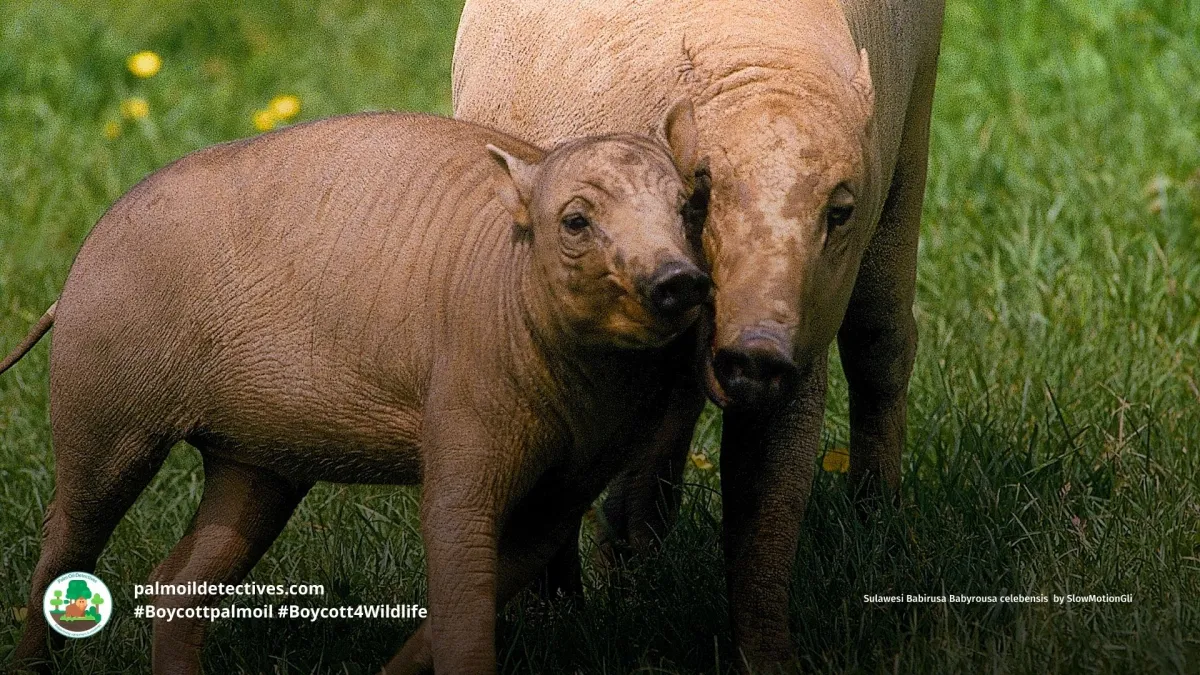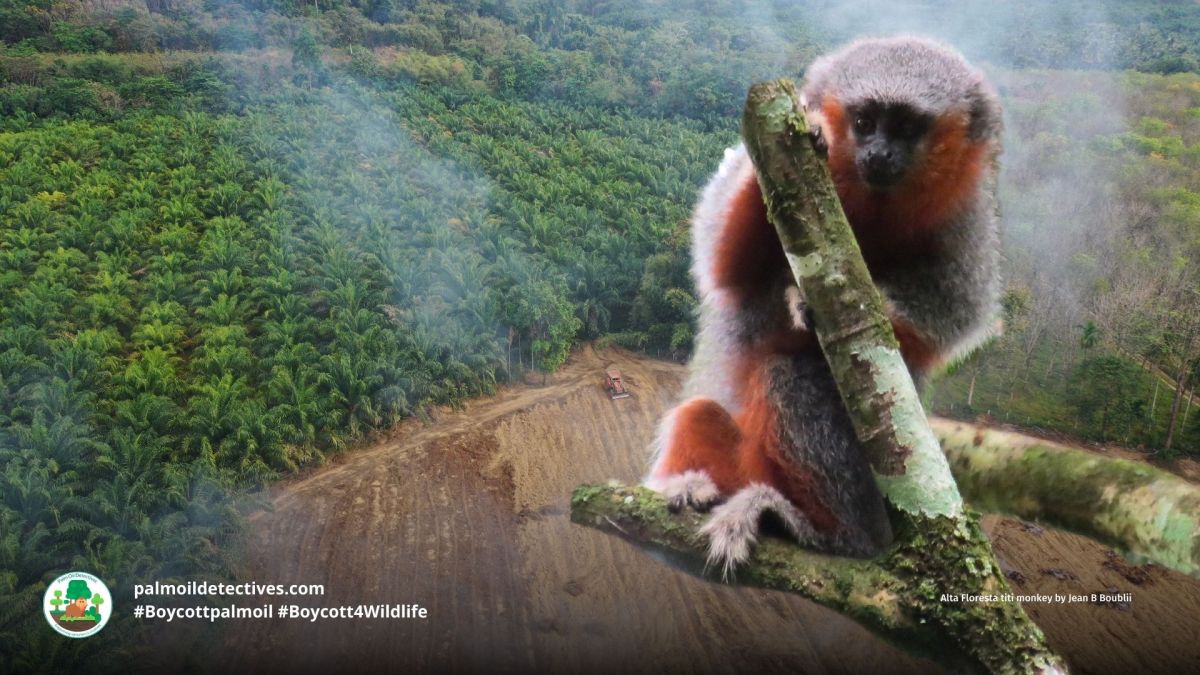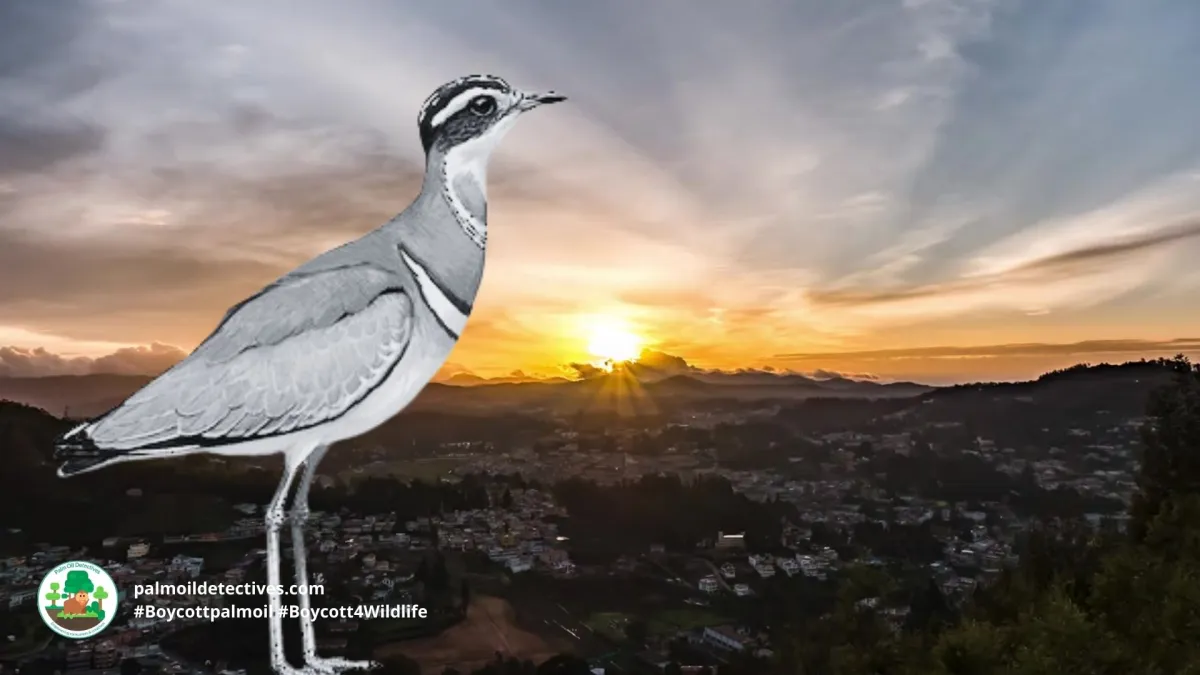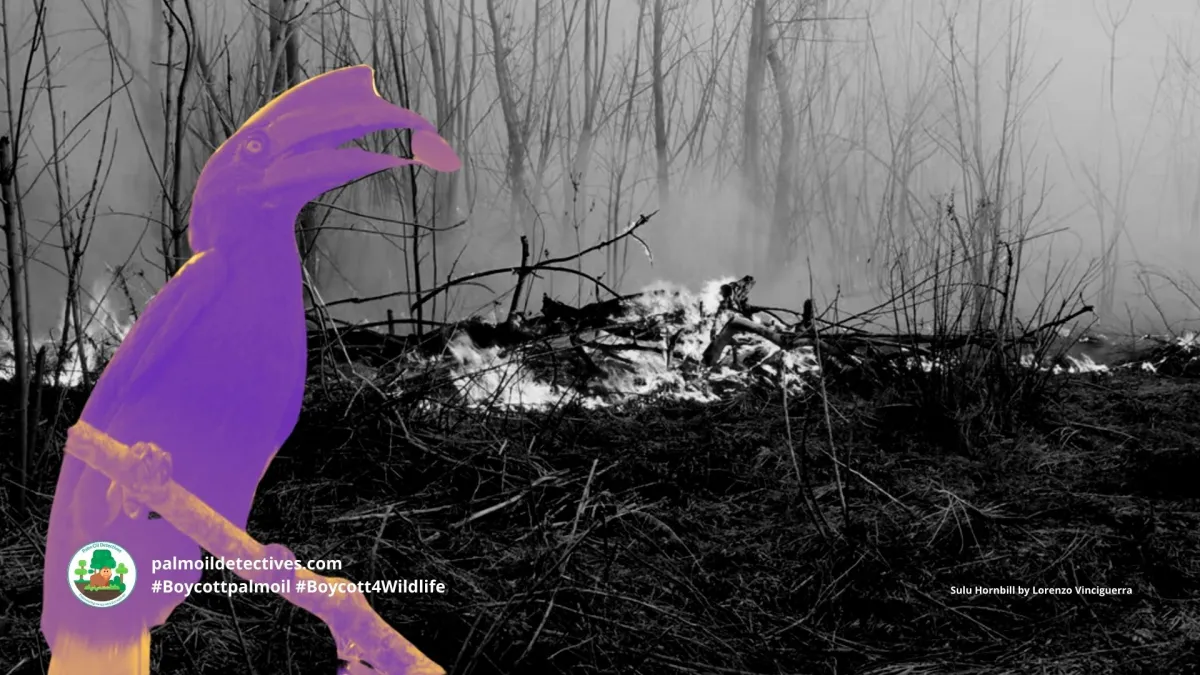Bougainville Monkey-faced Bat Pteralopex anceps
Endangered
Extant (resident)
Papua New Guinea; Solomon Islands
In the verdant, high-altitude forests of Bougainville Island, Papua New Guinea, and Choiseul Island, Solomon Islands, lives an intriguing creature—the Bougainville Monkey-faced bat or, as some call them, the Bougainville Flying Monkey. These bats are the titans of their family, boasting arm spans stretching impressively between 14.1 to 16 cm. They are endangered, mostly from palm oil and mining deforestation and hunting. Help them to survive every time you shop and #Boycottpalmoil #Boycott4Wildlife
Help to save the Bougainville Monkey-faced Bat 🦇 of Bougainville Is. #PapuaNewGuinea 🇵🇬 they are #endangered from #palmoil 🌴🪔#deforestation 🔥🌳 and hunting. Help them to survive and #Boycottpalmoil #Boycott4Wildlife each time you shop @palmoildetect https://wp.me/pcFhgU-6vA
Beguiling Bougainville Monkey-faced #Bats 🦇✨ are #endangered from #palmoil #deforestation in #PapuaNewGuinea and the Solomon Islands. Fight for them and #Boycottpalmoil #Boycott4Wildlife when you shop! @palmoildetect https://wp.me/pcFhgU-6vA
Appearance & Behaviour
During the night time, their captivating eyes that glow red or orange under the night sky, much like their kin.
They wear a mantle of thick, black fur that shrouds their heads and backs, whilst a contrasting splash of white or yellow graces their chests, making them a sight to behold. Unlike their relatives, the Guadalcanal Monkey-faced bats, their legs are ensconsced in a full coat of fur. During the night time, their captivating eyes that glow red or orange under the night sky, much like their kin. Tailless and intriguingly equal in size whether male or female, these bats certainly stand out in the animal kingdom.






Threats
Habitat Destruction:
- Bougainville Monkey-faced bats predominantly depend on mature, upland forests.
- Significant habitat destruction from agricultural activities and forest conversion.
Hunting Pressures
- They are regularly hunted for bushmeat: Hunting practices often involve burning the bats’ roosting trees, thereby destroying their habitats.
- Increased hunting pressure was partly due to civil tensions in Bougainville from 1987 to 2000.
Population Decline:
- Bougainville Monkey-faced bats were feared extinct in 1992 due to a lack of sightings.
- Tragically, their population is estimated to have declined by at least 50% from 1997-2017.
- Despite suggestions for a captive breeding program in 1992 to curb population decline, no such program exists as of 2017.
Conservation Efforts:
Bougainville Monkey-faced bats are listed as an Endangered species on the IUCN Red List. Bat Conservation International included them in its worldwide priority list for conservation in 2013.
Conservation strategies involve collaborations with local communities and organizations, identifying alternative protein sources, reforestation, managing conflicts between the bats and farmers, and promoting conservation dialogue.
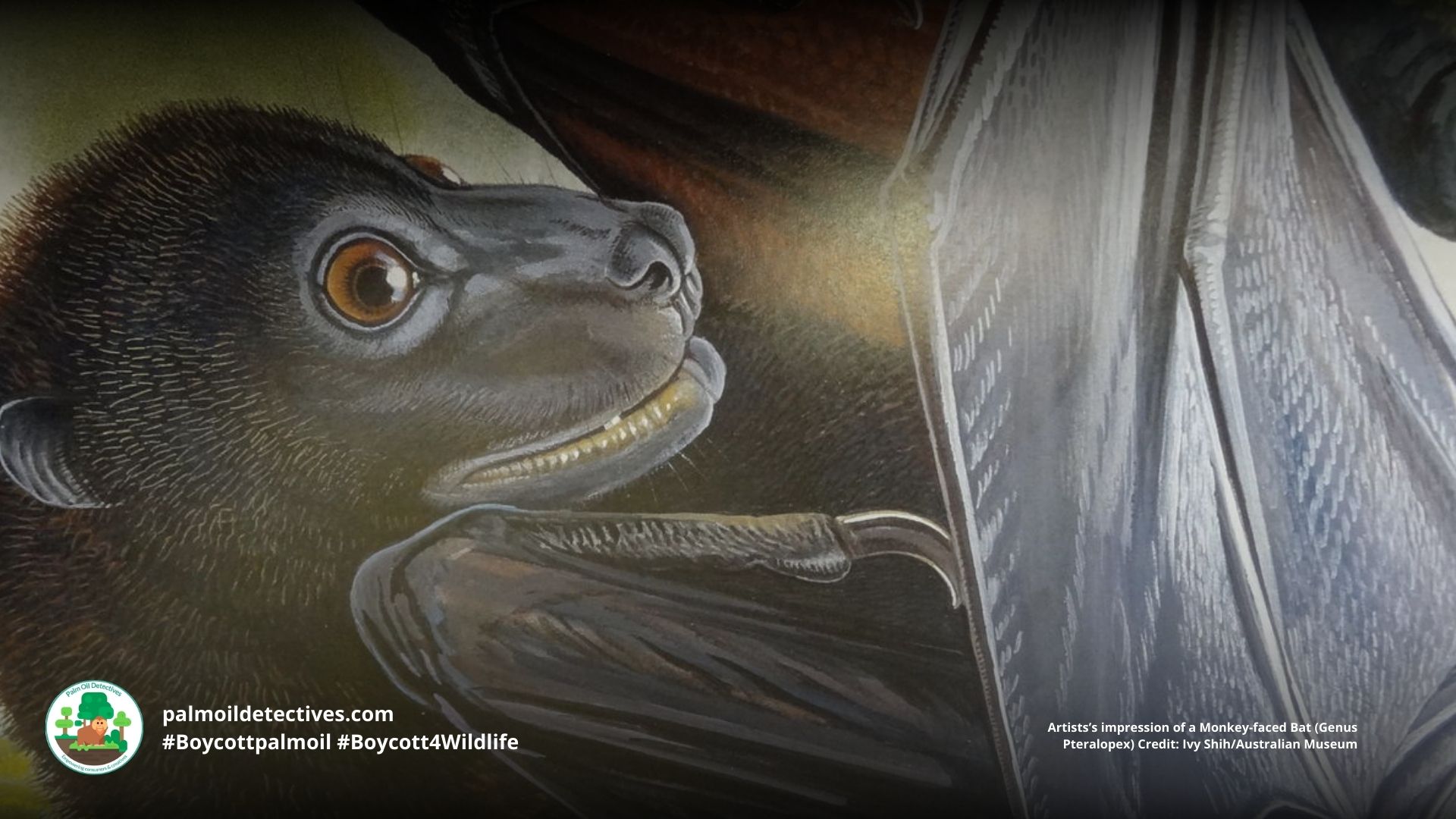



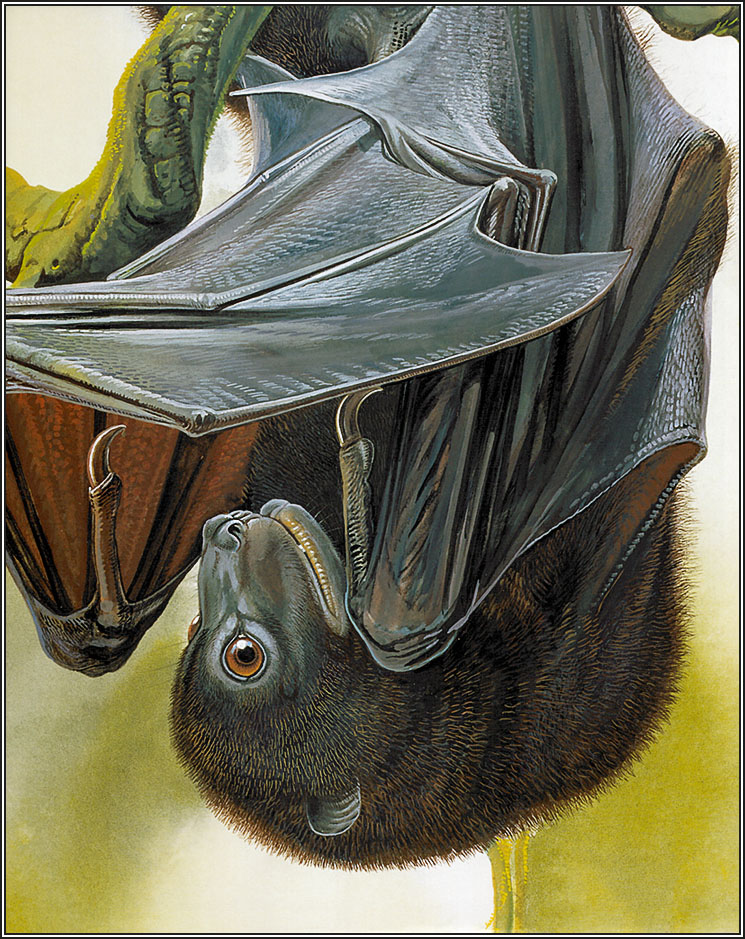
Habitat
Found high above sea level in cloud forests over 1,100 metres, the Bougainville Monkey-faced bat enjoys the tranquillity and freshness of higher altitudes. After vanishing from sight on Bougainville Island since 1968, they made a surprise reappearance in 2016. On Choiseul Island, though, they’ve been conspicuously absent since 2008. These bats have a penchant for mature, highland tropical forests and aren’t picky about roosting spots, be it in hollow trees or hanging off fig tree branches. There’s even talk about these bats gouging trees for sap—a unique adaptation indeed!
Diet
While the exact diet of these bats remains a mystery, the significant wear on the teeth of museum specimens provides a clue. This condition points to the possibility of them consuming hard, rough-textured fruits.
Mating and breeding
Many aspects of the biology and behaviour of this bat, like many other megabats, remain understudied due to their inaccessible habitats and their elusive, secretive natures.
Support Bougainville Monkey-faced Bat Pteralopex anceps by going vegan and boycotting palm oil in the supermarket, it’s the #Boycott4Wildlife
Support the conservation of this species
This animal has no protections in place. Read about other forgotten species here. Create art to support this forgotten animal or raise awareness about them by sharing this post and using the #Boycottpalmoil #Boycott4Wildlife hashtags on social media. Also you can boycott palm oil in the supermarket.
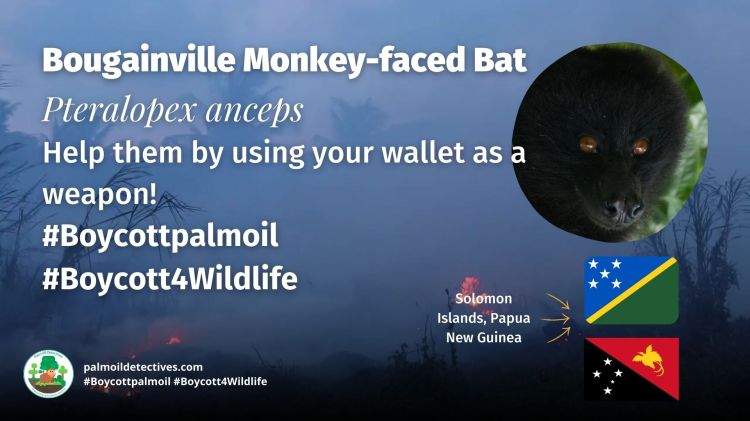
Further Information
Lavery, T.H. 2017. Pteralopex anceps. The IUCN Red List of Threatened Species 2017: e.T18656A22071126. https://dx.doi.org/10.2305/IUCN.UK.2017-2.RLTS.T18656A22071126.en. Accessed on 14 June 2023.
Bougainville monkey-faced bat Wikipedia article – https://en.wikipedia.org/wiki/Bougainville_monkey-faced_bat
Bougainville monkey-faced bat on The IUCN Red List site – https://www.iucnredlist.org/species/18656/22071126
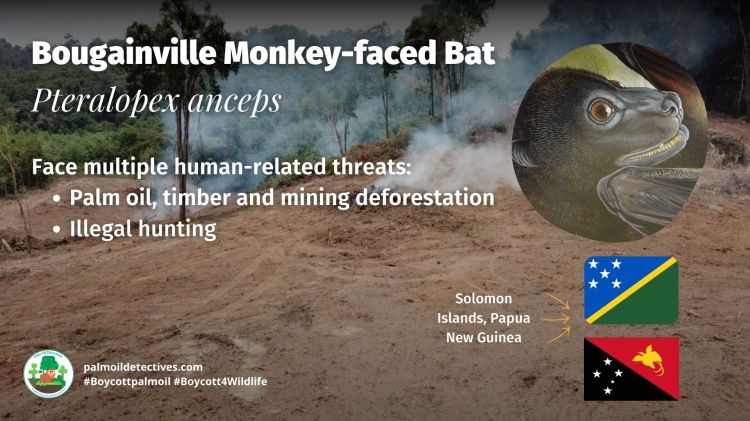

How can I help the #Boycott4Wildlife?
Contribute in five ways
1. Join the #Boycott4Wildlife on social media and subscribe to stay in the loop: Share posts from this website to your own network on Twitter, Mastadon, Instagram, Facebook and Youtube using the hashtags #Boycottpalmoil #Boycott4Wildlife.
2. Contribute stories: Academics, conservationists, scientists, indigenous rights advocates and animal rights advocates working to expose the corruption of the palm oil industry or to save animals can contribute stories to the website.
3. Supermarket sleuthing: Next time you’re in the supermarket, take photos of products containing palm oil. Share these to social media along with the hashtags to call out the greenwashing and ecocide of the brands who use palm oil. You can also take photos of palm oil free products and congratulate brands when they go palm oil free.
4. Take to the streets: Get in touch with Palm Oil Detectives to find out more.
5. Donate: Make a one-off or monthly donation to Palm Oil Detectives as a way of saying thank you and to help pay for ongoing running costs of the website and social media campaigns. Donate here
Learn about other animals endangered by palm oil and other agriculture
Learn about “sustainable” palm oil greenwashing
Read more about RSPO greenwashing
A 2019 World Health Organisation (WHO) report into the palm oil industry and RSPO finds extensive greenwashing of palm oil deforestation and the murder of endangered animals (i.e. biodiversity loss)
